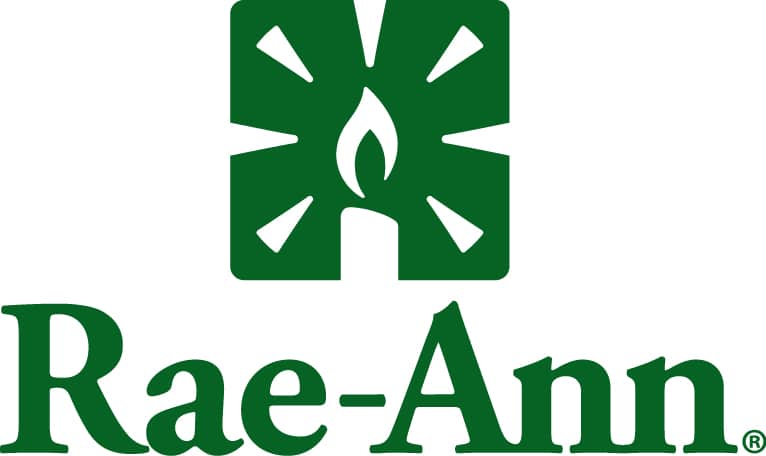As a manufacturer, you might be looking to maximize your tax benefits as the end of the year approaches. One proven method is to maximize tax breaks relating to depreciation. In some cases, your company may realize instant tax gratification by currently deducting the full cost of business property placed in service in 2022 — even if it occurs as late as December 31.
Four key depreciation-related tax breaks
1. Section 179 deduction. Under Sec. 179 of the tax code, a business entity may “expense” the cost of qualified property placed in service, up to an annual limit. However, the deduction can’t exceed the amount of income from the business activity and is subject to a phaseout above a specified threshold.
The maximum deduction is an inflation-indexed $1 million, and the phaseout threshold is an inflation-indexed $2.5 million. For property placed in service in 2022, the numbers are $1.08 million and $2.7 million, respectively.
2. 100% first-year bonus depreciation. This covers 100% of the cost of qualified new or used property. For these purposes, qualified property includes tangible property depreciable under the Modified Accelerated Cost Recovery System (MACRS) with a cost recovery period of 20 years or less. This type of property is often used by manufacturers.
With the combination of the Sec. 179 deduction and bonus depreciation, manufacturing companies may be able to write off the full cost of depreciable business property the first year the property is placed into service. However, be aware that the first-year bonus depreciation deduction is scheduled to begin to be phased out in 2023, allowing deductions of:
- 80% for property placed in service in 2023,
- 60% for property placed in service in 2024,
- 40% for property placed in service in 2025, and
- 20% for property placed in service in 2026.
After 2026, bonus depreciation no longer will be allowed unless Congress extends it. (For certain property with longer production periods, these reductions are delayed by one year.)
3. MACRS deductions. The MACRS is generally associated with “regular” depreciation deductions. With the MACRS, the cost of qualified property placed in service is recovered over a period of years. The system is designed to provide larger write-offs in the early years of ownership and smaller deductions thereafter.
The annual deductions are based on the useful life of the property. For example, there’s a five-year write-off period for computers, while most other equipment or machinery is depreciable over seven or 15 years. Generally, a manufacturer may supplement Sec. 179 and first-year bonus depreciation deductions with MACRS deductions for any remainder.
But if you make more than 40% of the year’s asset purchases in the last quarter, you could be subject to the typically less favorable mid-quarter convention.
4. Business vehicle deductions. Vehicle purchases may be eligible for Sec. 179 expensing, and buying a large truck or SUV can maximize the deduction. The normal Sec. 179 expensing limit generally applies to vehicles with a gross vehicle weight rating of more than 14,000 pounds. A $27,000 limit applies to vehicles (typically SUVs) rated at more than 6,000 pounds, but no more than 14,000 pounds.
Even if you prefer to buy a smaller vehicle, you can still potentially enjoy a valuable first-year deduction. Vehicles rated at 6,000 pounds or less are subject to the passenger vehicle limits; contact us for details.
Year-end tax planning for manufacturers
Keep in mind that additional rules and limitations apply to depreciation-related deductions. Consider all the tax ramifications of year-end purchases of business property for your manufacturing company. Contact us for more information.
© 2022
Related Insights
Featured Post

Featured Client Testimonials
BW is a true partner to us. Their knowledge, expertise, and service are a valuable resource to us and play an important role in our success!
John Allen - Vice President of Finance, Kaufman Container

Featured Client Testimonials
I appreciate the exceptional tax advice we received over the years. The (BW team) has a good grasp of our business needs. Thank you for your excellent service.
John Griffiths - Owner, Rae Ann, Inc.

Featured Client Testimonials
Barnes Wendling has been our company accountants for over seven years. Their knowledge has been instrumental in helping us grow strategically during this time. And although we’ve seen many changes in our economy that we cannot control, we’ve always been able to trust the Barnes team to be by our side. The Barnes team feels like family. We can’t thank them enough for their support!
Christine Kloss - Controller, AT&F

Featured Client Testimonials
Barnes Wendling has been our company accountants for over 15 years. During this time, the business has grown exceptionally, and Barnes has kept pace, providing accurate, quality advice. Our finances are more efficient than ever, and the expense of hiring Barnes has been a definite positive add to our bottom line. I give my highest recommendation to their firm.
David Miller, MD - President, Retina Associates of Cleveland

Featured Client Testimonials
Barnes Wendling has provided us guidance and recommendations that have strategically helped strengthen our business and position ourselves for growth. We needed to hire a new VP of Finance and Controller this past year, and they were instrumental in helping us find the best candidates for our company.
Sara Blankenship - President, Kaufman Container

Featured Client Testimonials
We value the trust, accuracy of information, and reliability of Barnes Wendling and Mike Essenmacher personally. Mike has been instrumental as a trusted advisor on accounting, tax, and personnel issues. His advice is always accurate, and he is very reliable. His associates are also very talented.
Dominic Ozanne - President and CEO, Ozanne Construction Company

Featured Client Testimonials
We value Barnes Wendling’s expertise with all things accounting so we can operate our business using our strengths and allowing them to be our experts. They have also brought me a few business sale opportunities to allow me to grow my assets.
John Gaydosh - President and Metallurgical Engineer, Ohio Metallurgical Service

Featured Client Testimonials
Barnes Wendling (especially Lena) did a great job with our financials. Everything. It is extremely refreshing and comforting to know that all of our numbers are not only correct, but they are in the right place(s). Your diligence and reporting truly does make me (personally) feel better.
Thomas Adomaitis - Controller, Bialosky Cleveland

Featured Client Testimonials
I can wholeheartedly tell you that I have yet to work with an audit or tax team that have been more helpful, easy to work with, and committed than the team at Barnes Wendling- I have been through three different firms in the last few years.
Michelle Saylor, Former Controller, Aero Mag

Featured Client Testimonials
Floyd Trouten at Barnes Wendling CPAs is an “expert’s expert” when it comes to M & A accounting. Not only does he understand the evolving details of the Tax Code but he also sees the fine points of their application for owners, managers, investors, and financiers.
Mark A. Filippell, Western Reserve Partners

Featured Client Testimonials
The service is amazing at Barnes Wendling CPAs. The benefit is worth more than the cost. Sometimes it’s true that you get what you pay for.
Mark Boucher - Former Owner, Castle Heating & Air








